Many people know that January 31, 2014 marks Seollal (설날), or the lunar New Year in Korea, which will the Asian or Chinese zodiac says will usher in a Year of the Horse.
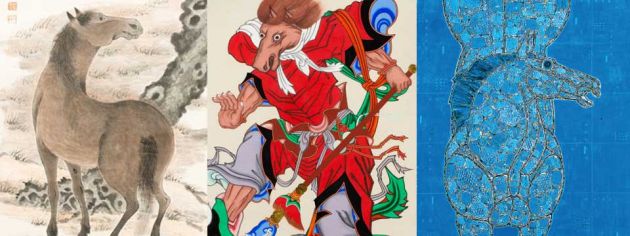
What you may not know, is that it is specifically a Year of the Blue Horse, an event that occurs only once every 60 years. What does that mean?
I’m not terribly sure, but in order to celebrate Seollal and the Year of the Horse in Korea, what follows is a quick synopsis of the role of horses in Korea’s history, courtesy of Korea.net:
When horses were used as a means of transportation, they were important assets managed by the government. Only people with status could ride horses and a horse was equivalent in value to two or three servants.
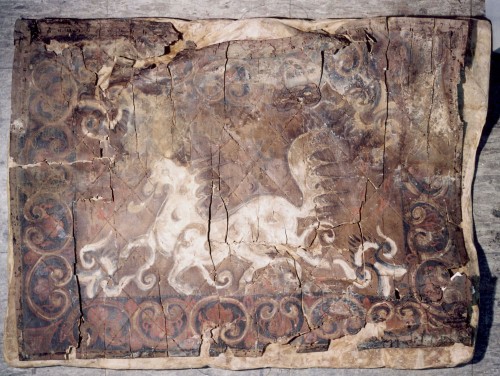
A symbol of status, horses were used as a means of transportation when they were alive, and after death, their mane was used to make traditional hats, their skin was used to make shoes and their tendons were used to make bows.
Horses were also recognized as being guides for the soul. Images of horses are seen in stone statues surrounding old tombs and are painted on folding screens.
Horse-shaped bamboo-made goods were used during funerals and horse-related burial accessories were often found in ancient tombs. Horses were commissioned to carry village spirits and they also appeared in the myth of Bakhyeokgeose, founder of the Silla Kingdom (57 B.C.- A.D. 935).
In the story they acted as messengers, informing people that an important person had been born. According to legend, the founder was hatched from an egg which was carried by a horse that flew down from heaven.
Celebrating Seollal
Koreans celebrate two New Years – January 1st and Seollal, which falls on the second new moon after Dongji (동지), or the winter solstice. By combining the preceding and following days, each winter Koreans can look forward to a three-day holiday.
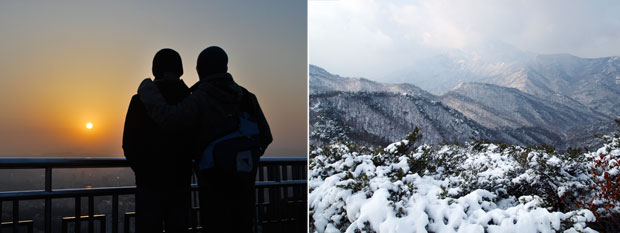
In the days leading up to Seollal, families prepare by cleaning their homes. To refresh the mind and spirit, another popular tradition is to watch the sun rise.
Hours before first light, people awaken and head towards a beach on the eastern coast, or scramble up a mountain. After braving the snow and ice at this time of year, I can’t imagine a more beautiful reward.
Another New Year’s tradition that can be done from the comfort of a warm home or theater is watching movies. During the Seollal holiday, major television networks air recent films while cinemas debut new releases.
Sports enthusiasts are also in luck, since TV coverage of ssireum (씨름), a type of Korean wrestling, is another holiday tradition.
A Day for Family
Although Korea routinely falls at or near the bottom of global fertility lists, children are still seen as a very good thing in Korea. Horses are associated with fertility in Korea, so it’s a fitting connection for Seollal, a holiday that’s primarily associated with family.
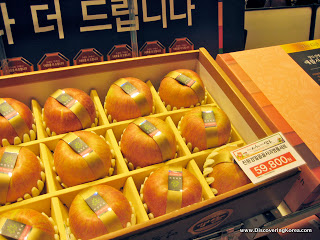
To be among family, each year, millions hit the road and brave traffic jams to and from their ancestral hometowns. These backups can be legion.
What’s typically a five-hour drive from Seoul to Busan can take eight hours or more. Despite the stress and inconvenience, there’s something comforting in the resilience of Korean family traditions.
In the days leading up to the Seollal holiday, families purchase expensive box sets of fruits, meats or health-related items, like red ginseng or honey as gifts for their kin.
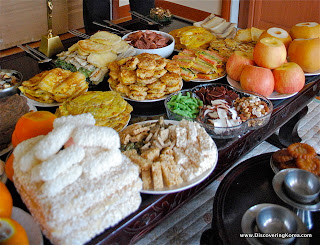
Not surprisingly, it’s the family’s women who usually take charge of the kitchen, a monumental task that requires preparing and cooking dozens of Seollal dishes. Chief among them is tteokguk (떡국), a beef-based soup made with sliced rice cakes. It’s said that eating tteokguk on New Year’s Day makes you one year older.
On the morning of Seollal, family members often gather at the home of the paternal grandparents or the eldest uncle. Dressed in suits or traditional hanbok, aunts, uncles, grandparents and cousins assemble in the morning.
Once the table is set with the delicious array of holiday foods, ancestral rites are observed and family members wish each other a healthy and prosperous New Year. Afterwards, the feasting begins.
Once everyone’s hunger is satisfied, younger generations will pay respects to their elders through sebae (세배), or a deep bow. This act is usually rewarded by cash gifts, which makes it a holiday highlight among kids.
Celebrating the Year of the Horse
In honor of the Year of the Horse, several cultural institutions are presenting special exhibits and programs that look at the horse in Korean folklore.
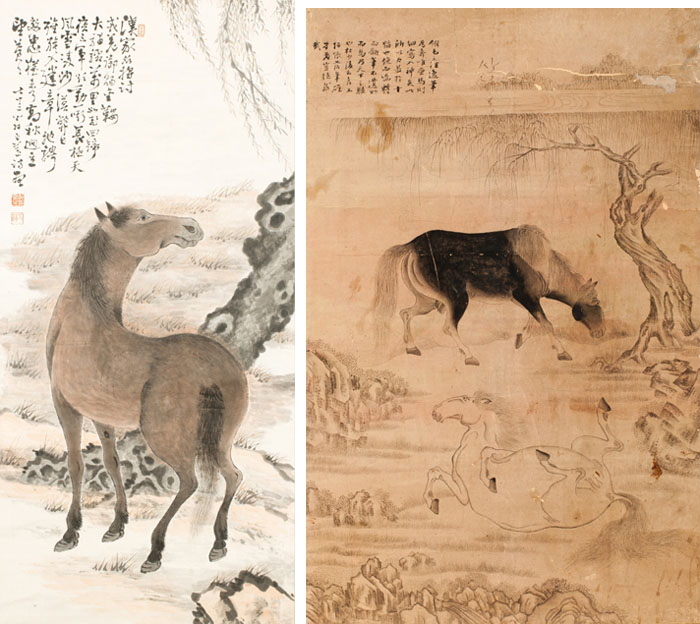
Although most facilities are closed on Seollal day, they’re certainly worth a trip in the weeks to follow. Here’s a quick look at three special offerings:
National Folk Museum of Korea
Since 1999, the National Folk Museum of Korea in Seoul has held special annual programs that celebrate the Asian zodiac.
This year’s three-part exhibit, appropriate titled, “The Year of the Horse,” will showcase items that reflect the horse’s role in traditional Korean culture over the centuries (The exhibit runs through Feb. 17).
Gyeonggi Provincial Museum (경기도박물관)
In Yongin, Gyeonggi Province, photos of Korean National Treasures featuring horses are part of a larger exhibit titled, “Worldwide Horse.” (The exhibit runs through the end of the year!)
Lotte Gallery at Lotte Department Store (롯데백화점)
An international group of 28 artists have contributed some 70 pieces of art – painting, sculpture and installation art – to the department store’s exhibition titled, “Blue Horse.” (The exhibit runs through Feb. 3 at Lotte Gallery and Feb. 24 at Avenue L.)
Proverbial Wisdom
In the east and west, the New Year is a time of reflection and for new beginnings. The tradition of drafting resolutions can be a positive step to help make the most of the months to come.
That said, keeping those resolutions is easier said than done. For this reason, the lunar New Year offers an opportunity for the procrastinator – one more chance to follow through on those goals you were supposed to set on January 1st!
As we set those New Year resolutions, here’s some special advice for my fellow Horses… It’s said that people born in the year of the horse (1954, ’66, ’78, ’90, ’02) are vivacious, witty and popular.
Less flattering characteristics include a quick temper and a tendency to be impulsive or stubborn. It would seem that we should approach this New Year with zest and optimism, but also be ready to compromise in the face of inevitable obstacles.
Here’s wishing you a healthy, prosperous and happy New Year!
About Matt Kelley
Matt Kelly is native of the US Pacific Northwest and is half-Korean by ethnicity. He lived in Korea for five years and has written hundreds of travel guides for Wallpaper, TimeOut, the Boston Globe and Seoul Magazine and was a host for several different variety shows on Korean radio and television.
